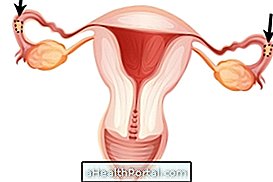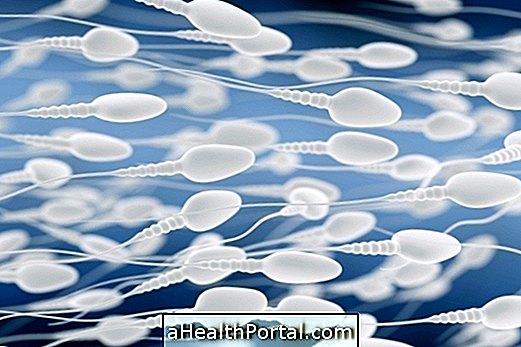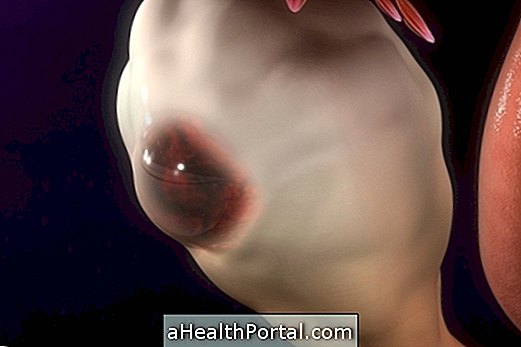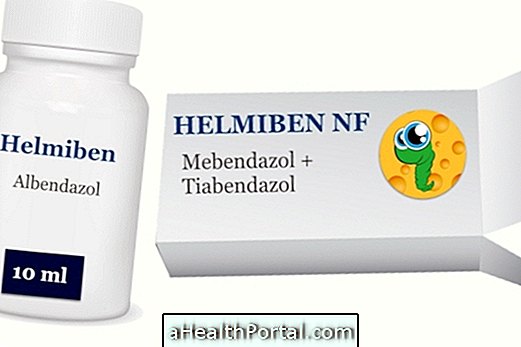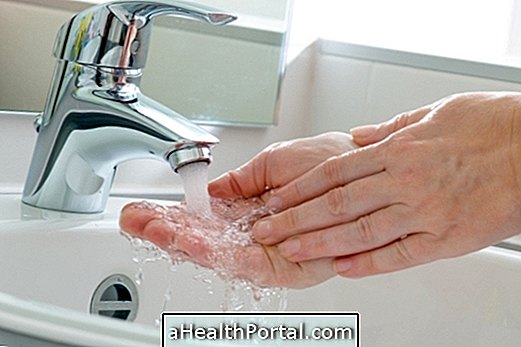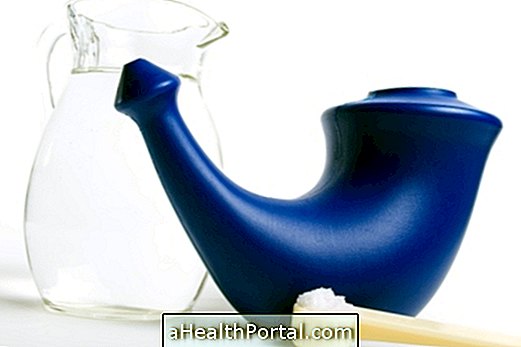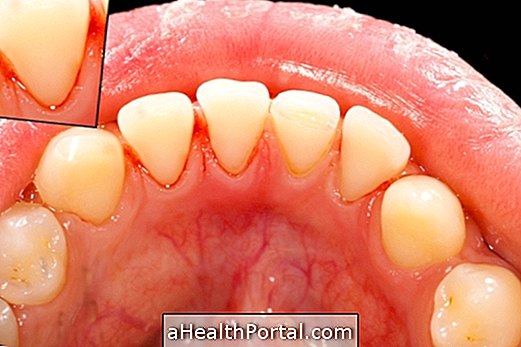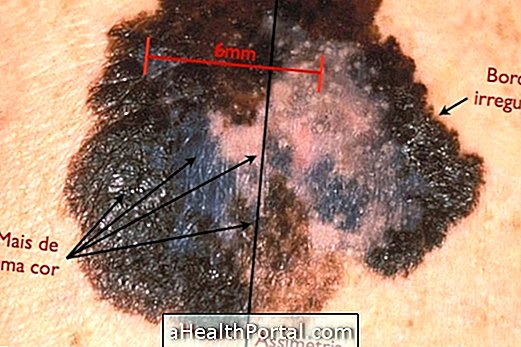The lymphatic drainage consists of a massage with gentle movements, maintained at a slow pace, to avoid the rupture of the lymphatic vessels and aims to stimulate and facilitate the passage of lymph through the circulatory system.
Lymph is a liquid that circulates in the body, cleansing the blood of impurities, playing its immune role along with the antibodies of the blood but which may be present between the cells, causing swelling and pain in some cases.
The main benefits of lymphatic drainage are:
- Combat swelling and fluid retention;
- Helping in the fight against cellulite;
- Assist in recovery of muscle and joint injuries;
- Collaborate in the healing of tissues;
- Prevent scarring after plastic surgery;
- Reduce hematomas;
- Improve blood circulation, venous and lymphatic;
- Oxygenate the tissues more adequately;
- Collaborate to eliminate toxins from the body;
- Improve self-esteem and consequently the quality of life.
Lymphatic drainage should be applied by a competent professional who uses the techniques correctly. The maneuvers that can be used include circulatory movements with the fingers, circles with the thumb, strap-shaped pressure and slip, or pumping motion. Drainage can be done throughout the body, or only in a treatment area, depending on the need the person presents.
Indications and contraindications of lymphatic drainage
Manual lymphatic drainage can be helpful in eliminating any type of swelling in the face or body that may arise in a variety of situations. When the technique is performed accurately, it can eliminate the excess fluid that shows the swelling, returning it to the bloodstream, which after being filtered through the kidneys, can be eliminated in the form of urine.
Thus, lymphatic drainage is indicated in the following cases:
- During the pregnancy;
- After plastic surgery;
- After cancer treatment to combat lymphedema;
- Injuries and injuries to muscles, tendons or joints;
- During the menstrual period;
- After any surgery;
- In case of cellulite;
- Due to excessive consumption of salt and little water intake.
Lymphatic drainage can be performed with the hands or with the use of specific drainage devices present in some offices but lymphatic drainage should not be performed when there is severe acne, grades 3 or 4 because it can worsen the lesions or when there are wounds because they can infect. After plastic surgery the technique should be performed after the release of the plastic surgeon, usually after 24 or 48 hours of surgery.
To do drainage on the face see the video:

Is it possible to drain in case of cancer?
It is possible to perform manual lymphatic drainage with a physical therapist even in case of cancer, and even after withdrawal of lymph nodes, as in the case of breast cancer, for example.
Lymphatic drainage does not spread the cancer cells but it must be done with specific technique because the lymphatic system starts to function differently after lymph node removal, and the poorly applied technique can be damaging to the patient, causing even more discomfort. Thus, although it is possible to perform lymphatic drainage in case of cancer, care should be taken in the choice of the professional. But it is not recommended for drainage with appliances, or presotherapy because its mode of action can not be modified, as with hands.
In this way it is possible to perform manual lymphatic drainage in case of cancer or its complications, such as lymphedema, with a qualified professional, such as a physiotherapist with specific training in oncology, and drainage with appliances in aesthetic clinics is contraindicated.
